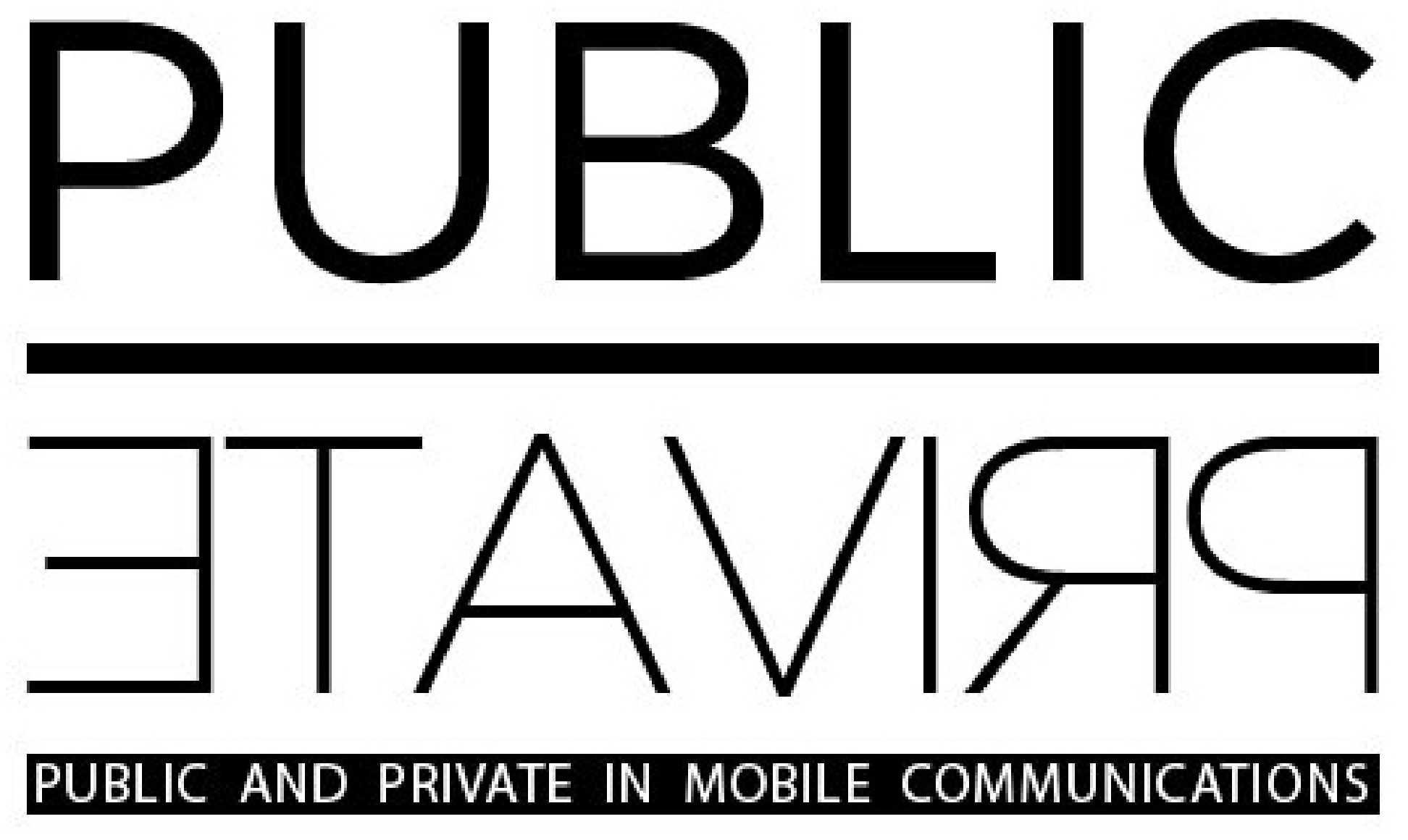Instead of the traditional public-private dichotomy, which sees them as distinct and separate domains, we discuss these concepts as variables settings and constantly negotiated through a continuum of signifying practices developed in daily life. This negotiation is characteristic also of many types of classroom interaction, but the nature of mobile devices in digital network came make it clear that public and private are not spaces (such as default), but situations where several are involved communicative order parameters: the nature of what is communicated, with whom they communicate, the amplitude of the space-time communication.
By making accessible the activities of ‘prosumers’, the mobile network not only come summon more complex space-time coordinates, but also distend and ‘extend’ the double condition of individuals as subjects and objects.
Individuals are subject-actors in the (re) definition of public-private continuum to make sense of, evaluate and negotiate the nature of the communications and the extent to which them communicate. But also become objects in the form of digital images, expressive statements, records, data, ‘footprints’.
Exhibition and surveillance are two sides to this coin, they feed others and themself from the articulation of online digital networks with mobility devices and permanent connectivity.
We have, first, a culture of connectivity and interactivity, sharing and disclosure, participation and multimediality, the digital welcomes deeper dynamics of representation, self-seeking performance and expressiveness and visibility by the social actors. Moreover, it settles the everyday a set of new practices of observation, detection, surveillance and social control, in some cases centralized, subsidiaries and other micro-built by users tissue itself.
Within these dynamics, the domain of privacy and publicity are porous and unstable, involving mobile devices through various mechanisms, but in a particular way through the collection and circulation of images. What research aims to understand is precisely how the concepts of public-private are defined and negotiated in specific practices (eg, the collective definition of the photos you must publish, in evaluating what is ‘personal’, or amplitude of each share), how their meanings are questioned when there are controversial situations (in the discussion of cases or when in mediated perception of vulnerability data), and how different actors and groups have objectives, strategies and different degrees of power to manage and negotiate the lines of privacy and publicity (creating circles of teenagers sharing the celebrities performance).
The concept of “mobile privatization” that Williams pointed to the increasing interconnection of public and private – of the confluence between information flows and ways of life ‘domesticated’, which corresponded to the urban-industrial capitalism of the twentieth century – now requires the attention to new contexts of malleability of space-time (linked to new logics, for example, work and leisure) and by amend previous restructurings which fits on the research.
The focus on issues of exposure and surveillance does not imply that rejects the investigation of specific aspects of civic and / or lack participation.
